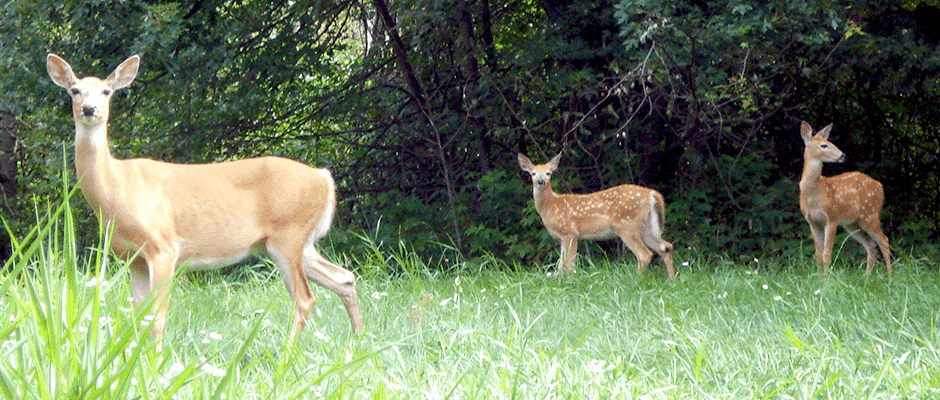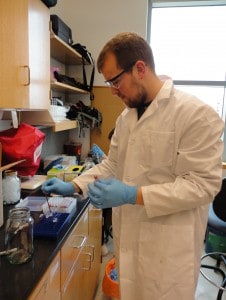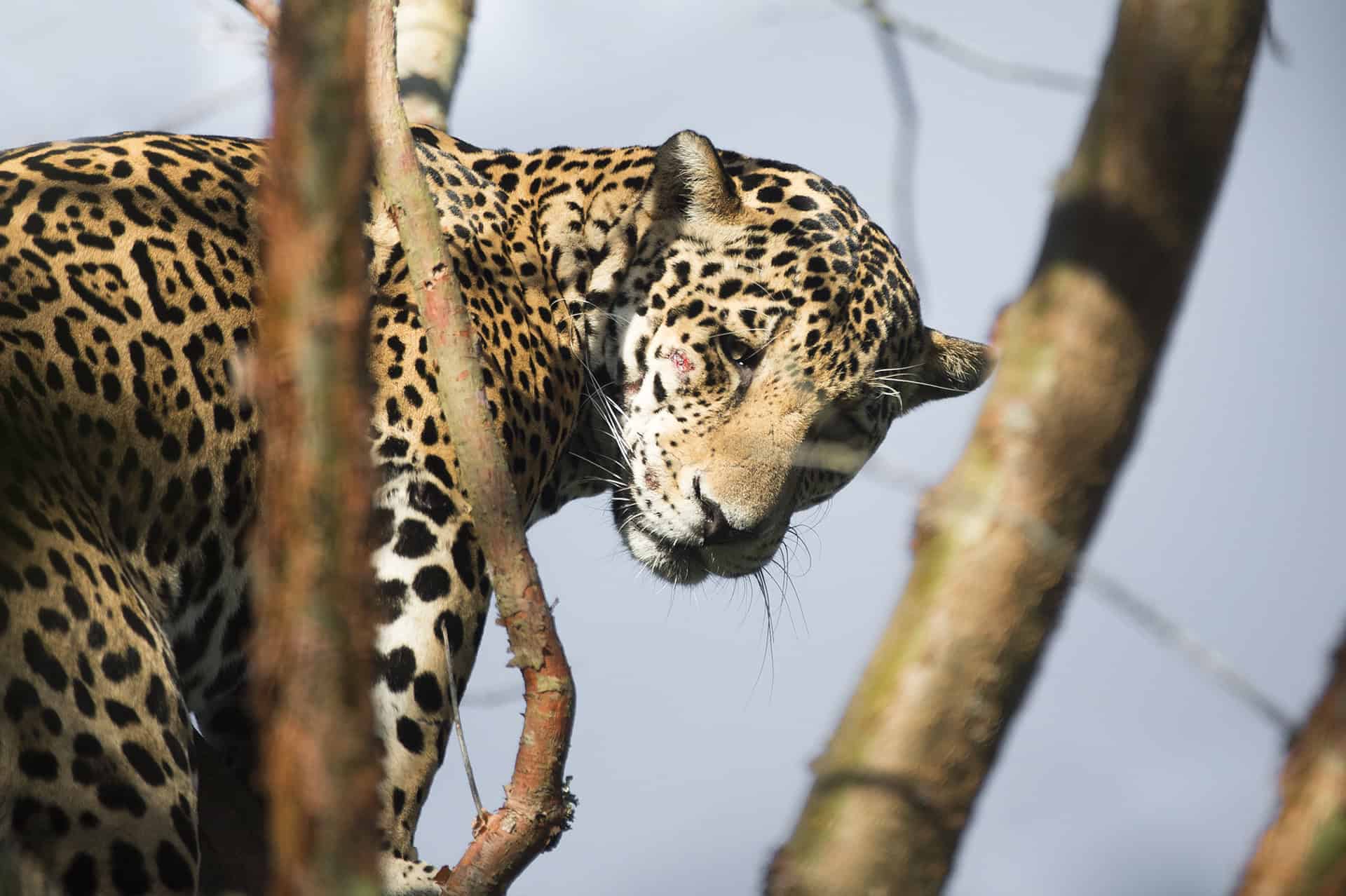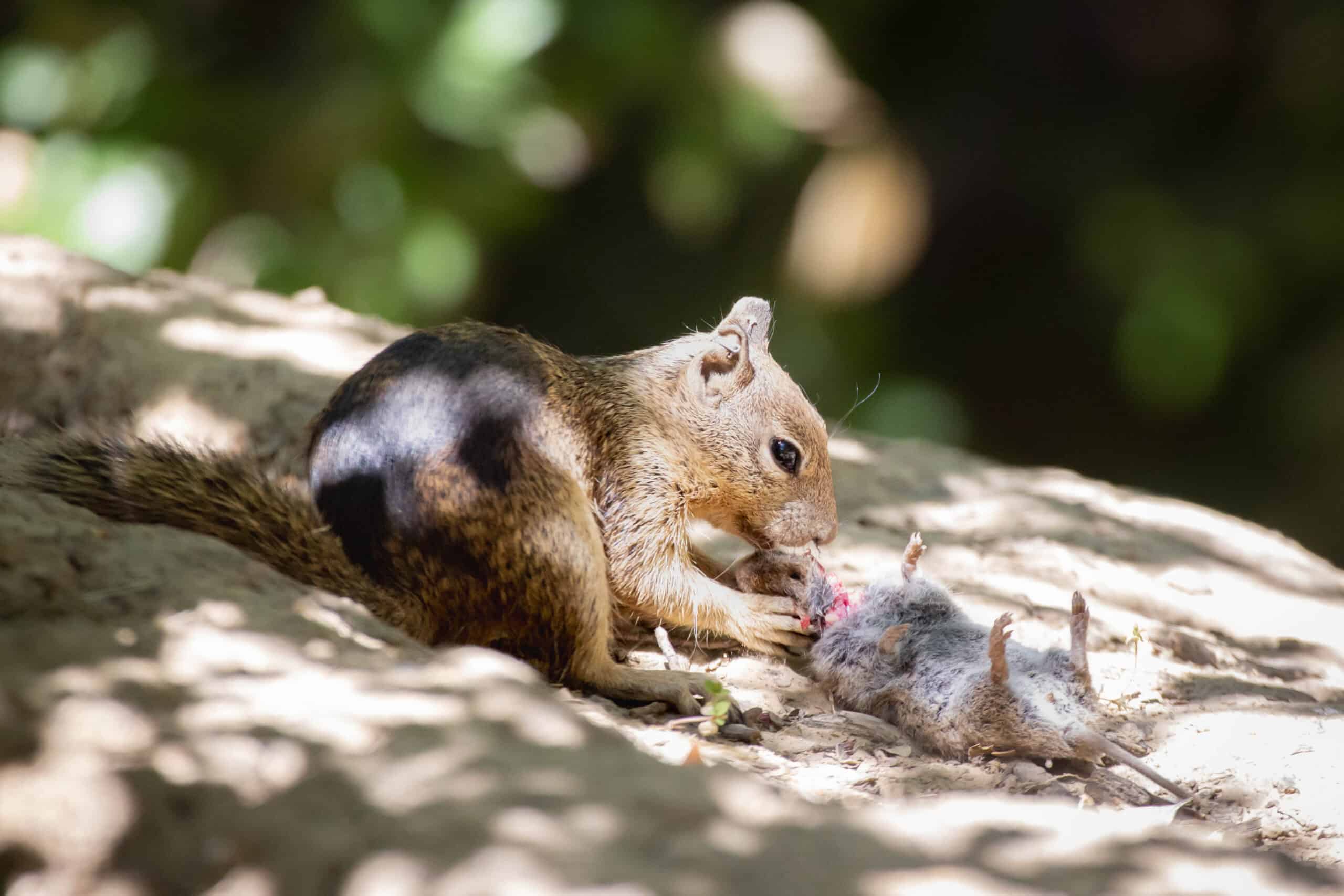Share this article
Student poster project: Landscape factors influence CWD transmission
Understanding gene flow among white-tailed deer might help state agencies manage chronic wasting disease (CWD), a lethal neurological disease affecting deer, according to a study presented at The Wildlife Society’s 22nd Annual Conference this past October.
“The big goal is to provide state agency partners with a map of potential transmission pathways for chronic wasting disease based on region-scale patterns of gene flow,” said William Miller, a Ph.D. candidate at The Pennsylvania State University who won second place in the Ph.D. category of the student poster research project.
Miller analyzed tissue samples from deer that were collected by state agencies through roadkill and hunter harvests. He then extracted DNA from tongue punches and did genetic testing to determine patterns of genetic population structure among groups of deer.
So far after studying 643 deer in Virginia, Maryland and Pennsylvania in his preliminary analysis, Miller was able to group the deer by county and measure the degree of genetic differentiation among populations. “We found that at a broad scale, analysis of the general pattern showed [genetic] clustering within ecophysiographic regions,” he said. “This suggests some degree of topographical control over the degree of gene flow, and subsequently, effective dispersal that is occurring among groups.”
While his poster presented only the data he has collected and analyzed so far, from here, Miller has a few goals for his research. He hopes to identify patterns of gene flow by looking at how landscape characteristics influence deer population connectivity, he said. Further, he hopes to delineate patterns on a smaller scale — maybe even between individuals — and to link these patterns to different landscape features such as elevation, rivers, roads and forest cover. Miller also plans to learn more about the distribution of prion gene variants in white-tailed deer populations, which would be useful for mapping the relative risk of disease across the landscape.
“We hope to increase the number of deer used in our final project,” Miller said. “Once we know what influences effective dispersal, such as features on a landscape, we can make a predictive map based on those different landscape variables.”
Header Image: A white-tailed deer with fawns. ©Ryan Hodnett









